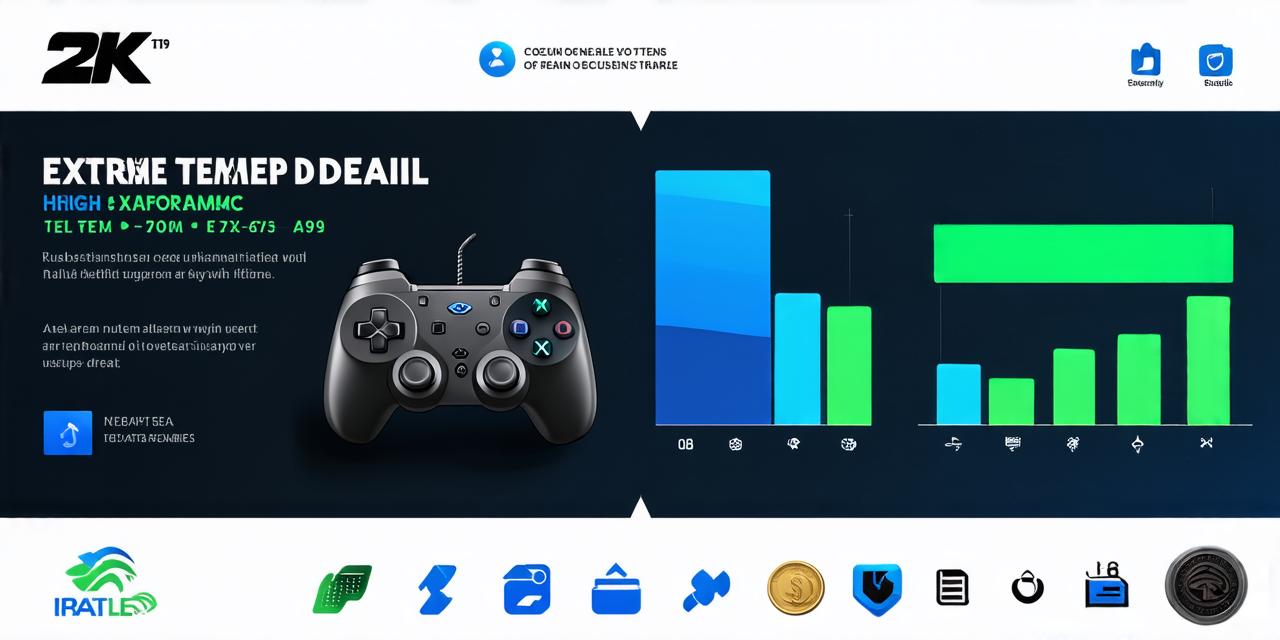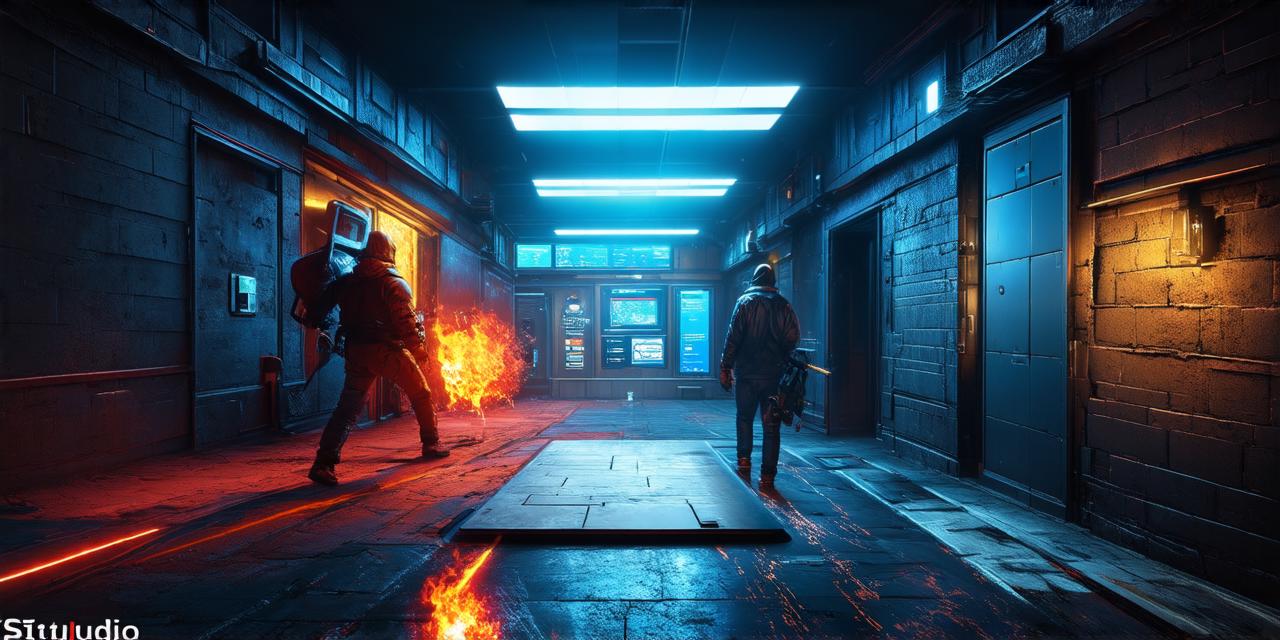If you’re a game developer looking to create an immersive and engaging game, you’ll want to know which program will help you bring your vision to life. With so many options available on the market, it can be overwhelming for beginners and experienced professionals alike. In this article, we’ll explore some of the most popular programs used by game developers, along with their features and benefits.
1. Unity
Unity is one of the most popular game engines in use today. It was first released in 2008 and has since grown to become a powerful and versatile tool for game development. With its intuitive interface and wide range of features, Unity is suitable for both beginner and experienced developers.
One of the key advantages of using Unity is its cross-platform capabilities. Developers can create games that run seamlessly across multiple devices, including PCs, mobile phones, consoles, and virtual reality systems. Unity also supports 2D and 3D game development, making it suitable for a wide range of games, from simple puzzles to complex action titles.
Unity also has a large community of developers, which means there is plenty of support available for those looking to create games with this engine. Additionally, Unity has an extensive library of assets and tools that can help speed up the development process.

2. Unreal Engine
Unreal Engine is another popular game engine, known for its high-performance graphics and realism. It was first released in 1998 and has since become a favorite among experienced developers who demand the best quality visuals.
One of the key features of Unreal Engine is its support for virtual reality (VR) development. With VR becoming increasingly popular, developers can create immersive games that transport players into fully interactive worlds. Unreal Engine also supports 2D and 3D game development, making it suitable for a wide range of games.
Another advantage of using Unreal Engine is its extensive library of tools and assets. Developers can access pre-made components, animations, and sound effects to speed up the development process and save time and money. Additionally, Unreal Engine has a large community of developers who contribute to the engine’s growth and support.
3. CryEngine
CryEngine is a powerful game engine that was first released in 2004. It is known for its high-performance graphics and realism, making it a popular choice among experienced developers looking for the best visual experience.
One of the key features of CryEngine is its support for virtual reality (VR) development. Developers can create immersive games that transport players into fully interactive worlds. CryEngine also supports 2D and 3D game development, making it suitable for a wide range of games.
Another advantage of using CryEngine is its extensive library of tools and assets. Developers can access pre-made components, animations, and sound effects to speed up the development process and save time and money. Additionally, CryEngine has a large community of developers who contribute to the engine’s growth and support.
4. Godot
Godot is an open-source game engine that was first released in 2014. It is designed to be user-friendly and accessible for both beginner and experienced developers, making it a popular choice among those looking for an easy-to-use tool for game development.
One of the key advantages of using Godot is its cross-platform capabilities. Developers can create games that run seamlessly across multiple devices, including PCs, mobile phones, consoles, and virtual reality systems. Godot also supports 2D and 3D game development, making it suitable for a wide range of games.
Another advantage of using Godot is its open-source nature. This means that developers can modify and customize the engine to suit their specific needs. Additionally, Godot has a growing community of developers who contribute to the engine’s growth and support.
5. Construct 3
Construct 3 is a game development platform that was first released in 2014. It is designed to be user-friendly and accessible for both beginner and experienced developers, making it a popular choice among those looking for an easy-to-use tool for game development.
One of the key advantages of using Construct 3 is its cross-platform capabilities. Developers can create games that run seamlessly across multiple devices, including PCs, mobile phones, consoles, and virtual reality systems. Construct 3 also supports 2D and 3D game development, making it suitable for a wide range of games.
Another advantage of using Construct 3 is its drag-and-drop interface. This makes it easy for developers to create complex game logic without needing extensive coding experience. Additionally, Construct 3 has a growing community of developers who contribute to the platform’s growth and support.




